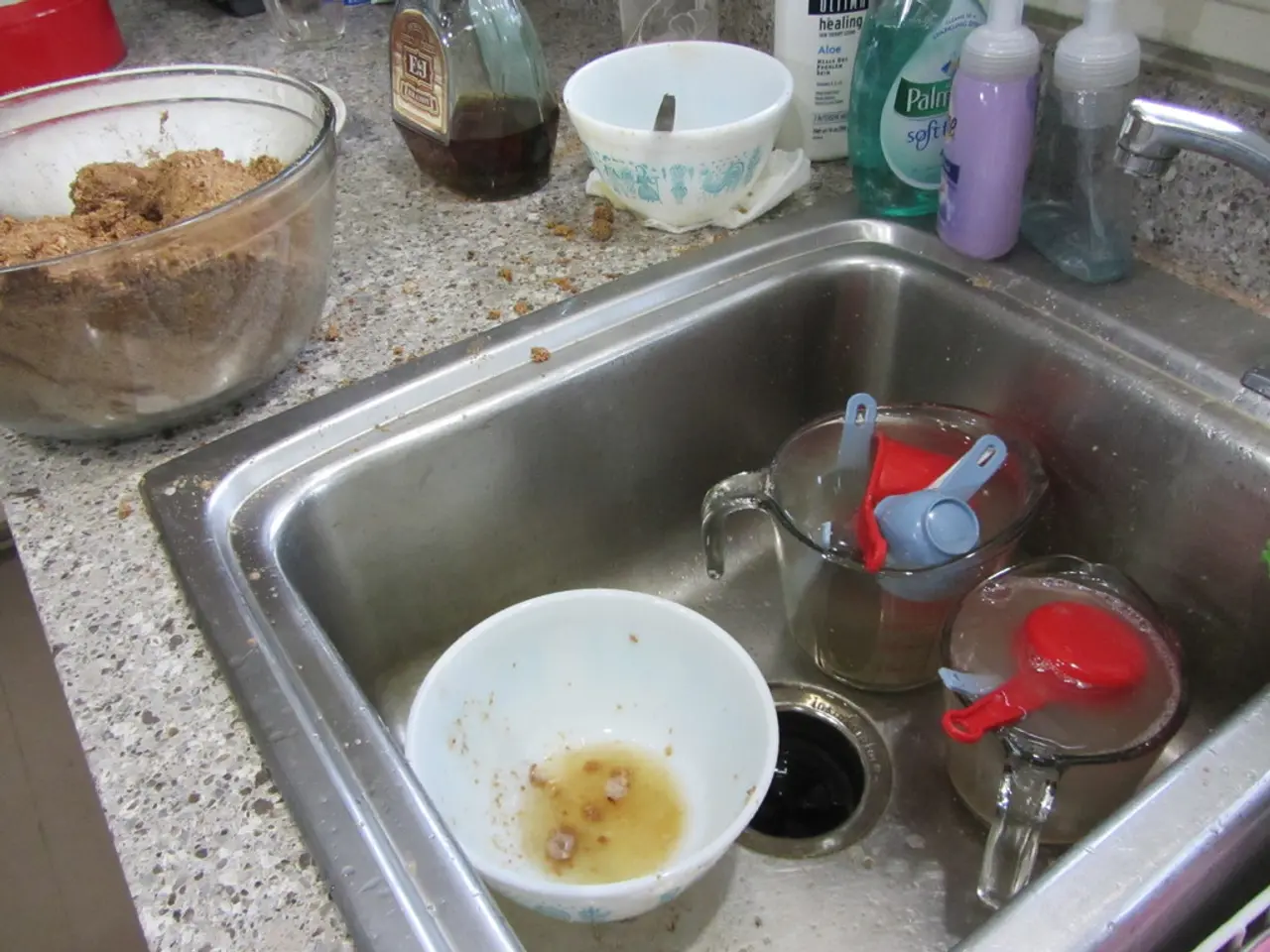Oil Pastel Safety: Are They Harmful? Critical Information Unveiled!
In the world of art, oil pastels are a popular choice for their vibrant colours and versatile application. However, like any artistic medium, it's essential to use them responsibly, especially when young artists or pets are involved. Here are some safety tips to ensure a safer and more enjoyable experience with oil pastels.
Firstly, it's crucial to have designated areas for eating away from your art supplies. This prevents accidental ingestion of pastels and keeps your workspace clean.
Some oil pastels may contain pigments that are hazardous if ingested, so it's always a good idea to check if the oil pastels are labeled non-toxic, especially when shopping for young artists or if pets are around. Student-grade oil pastels usually have safer pigments, reducing the risk.
Cleaning up spills quickly is another important step in maintaining safety. This prevents accidental ingestion of pastels and makes your workspace tidier.
Regardless of the brand or grade, it's essential to wash hands thoroughly after using oil pastels. Washing your hands before and after eating is also advised when working with pastels to avoid any potential contamination.
To further protect your skin, wearing gloves can help shield it from potential irritants. Keeping pastels organized and covered when not in use also helps maintain a clean and safe workspace.
When selecting oil pastels, opt for those with non-toxic labels, especially if you have concerns about the pigments used. Brands like Pentel, Sakura Cray-Pas, or Paul Rubens Haiya offer non-toxic options for a safer creative environment. For a more professional touch, Caran D'Ache oil pastels are free from toxic pigments.
Sennelier offers detailed pigment information for safety, providing peace of mind for those who prefer to make informed choices. Recommended non-toxic oil paint brands for adults and children include Winsor & Newton Winton, Sennelier Abstract, and Holbein Duo Aqua; these are known for their safer formulations suitable for beginner and educational use.
Artist-grade oil pastels might use more varied pigments, so reading labels or product information is advised. Good ventilation is essential when using art materials to prevent any potential inhalation of fumes.
Supervision is key when children use oil pastels to deter them from putting pastels in their mouths. If a pet ingests oil pastels, it's essential to act promptly by observing symptoms, removing any leftover material, and seeking veterinary advice if necessary.
Lastly, aprons can prevent oil pastel stains on clothes, and keeping oil pastels out of reach when not in use can prevent accidental ingestion by children. Remember, oil pastels are not meant to be eaten or come in contact with the mouth or eyes.
By following these safety tips, you can create a safe and enjoyable environment for everyone, whether you're an artist or a parent encouraging a budding artist. Happy colouring!
Read also:
- Peptide YY (PYY): Exploring its Role in Appetite Suppression, Intestinal Health, and Cognitive Links
- Toddler Health: Rotavirus Signs, Origins, and Potential Complications
- Digestive issues and heart discomfort: Root causes and associated health conditions
- House Infernos: Deadly Hazards Surpassing the Flames








